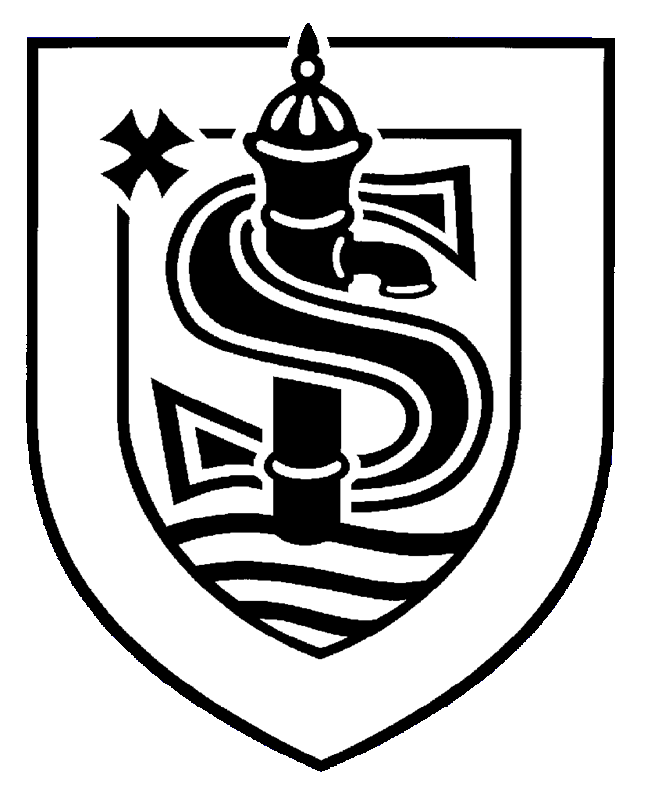Art
Intent
Broad
- Our art curriculum provides all pupils with the opportunities to develop and extend skills and an opportunity to express their individual interests, thought and ideas.
- We cover the National Curriculum and the progression of Art skills.
- It engages, inspires, and challenges pupils, equipping them with the knowledge and skills to experiment, invent and create their own works of art.
- It enables pupils to think critically and develop a more rigorous understanding of art.
- It teaches pupils how art reflects and shapes our history, and contributes to different cultures, human creativity and the wealth of our diverse world.
Balanced
- In EYFS, Art is part of the Expressive Art and Design Profile, in both Exploring and using media and materials and Being Imaginative.
- In KS1/2 Art, as part of the National curriculum for Art & Design, aims to ensure that all pupils:
- Produce creative work, exploring their ideas and recording their experiences.
- Become proficient in drawing, painting, sculpture and other art, craft and design techniques
- Evaluate and analyse creative works using the language of art, craft and design
- Know about great artists, craft makers and designers, and understand the historical and cultural development of their art forms.
- Cross-curricular learning, in History, Geography or English as well as other subjects, is reinforced within related Art projects and children are encouraged to communicate their knowledge or understanding of the subject matter through artistic expression.
Progressive
- Strands are built upon from KS1 to KS2.
- Planning for Art shows progression to ensure full coverage of The National Curriculum programmes of study for Art & Design and Expressive Art & Design in EYFS.
- I can statements break down the progression of knowledge skills and understanding into year group specific targets for our mixed year classes.
- Within each unit there is time for the pupils to develop their skills and knowledge to experiment, invent and create their own works of art.
- All pupils work on the same core tasks with accompanying materials. Those that grasp content and concepts independently can go on to work on the ‘stretch and challenge’ extensions within a task. This will require them to go into greater depth, for example by showing a greater depth in the artistic approaches or greater depth in their concepts and use of techniques.
Cumulative
- Artistic techniques and skills are revisited, and skills developed by repetition and reinforcement throughout the school, and Art planning shows the progression of these.
- At the beginning of each art lesson, teachers take time to ascertain pupils understanding of the techniques involved and discuss how they can create their own works of art.
- Artistic language is modelled throughout lessons enabling our pupils to be familiar with and use vocabulary accurately.
Inclusive
- Our Art curriculum is designed so that all pupils can and should receive their entitlement to Art within a broad and balanced curriculum.
- We are aware that some students excel in some subjects and not others and seek to recognise those they enjoy and are able to do well at.
- Pupils will be supported through paired (partner talk) and group work. Questions posed within sessions provide opportunities for all pupils to be able to contribute.
- Those working towards expectations will work on the same tasks but may need greater support and may not complete all levels of an activity. Teachers use a range of approaches and a range of resources including technology, or specific resources, wherever appropriate, to aid teaching and learning and help children to meet the objectives of each lesson.
- Pupils working above expectations are expected to undertake activities with greater independence and to be provided with some opportunities to make choices on how they learn and can communicate their knowledge.
Implementation
- A two year rolling programme is used to plan for the needs of mixed year classes. For each term there is a set of skills to cover for each class.
- Lessons improve pupil’s mastery of art and design techniques, pupils experience techniques including drawing, painting, and sculpture with a range of materials [for example, pencil, charcoal, paint, clay]
Pupils learn about great artists, architects, and designers. - Art skills are often taught implicitly through Topics e.g., KS2 History WW2 or The Egyptians.
- Early Years Foundation Stage Pupils explore and use a variety of media and materials through a combination of child initiated and adult directed activities.
- Teachers model an appreciation of different forms Artistic expression and a passion for the work of Artists both locally and internationally.
- Pupil’s individual creativity is promoted e.g., adapting their own work when necessary and explanations of what they wish to represent.
- Planned trips and visitors are encouraged to enhance our pupil’s learning experience.
- Questions and tasks to stretch and challenge the most able pupils are incorporated where appropriate.
- Children who are behind the expectation will be provided support and opportunities to catch up through focus during the lesson.
- The use of the outside areas is encouraged to provide multisensory experiences and hands-on artistic observation of the natural environment.
Impact
- Teachers use formative assessment during teaching and learning and provide support as needed so that all children make expected progress.
- The level each child is working at (whether in line with the majority of I can statements for their year group, below or above) will be recorded and input into the school’s tracking system twice a year (February half term in preparation for written parent reports and at the end of the academic year to provide the receiving teacher with up-to- date information.
- The impact is evidenced through the pupils’ work and the degree to which they meet the National Curriculum expectations for their year group.
- By the end of the EYFS, Teachers make Early Years profile judgements based on cumulative observational evidence recorded over the course of the year.
